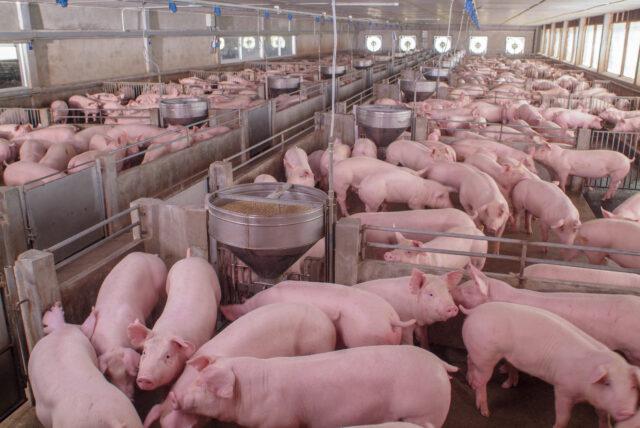Porto Alegre, March 23, 2023 – Last week, the USDA attaché to the European Union released estimates for the sector of pig farming, predicting a difficult picture ahead. The pig herd in Europe must keep falling, which consequently negatively impacts the volume of meat produced. Some points lead to this scenario, namely: the high production cost, driven by the price of feedstuff and energy inputs; environmental restrictions; the incidence of ASF in some locations of the bloc, as recently reported in Germany.
In addition, the sector expects a reduction in domestic demand, mainly in Germany, and a reduction in imports by China, which is natural, considering that there is a crisis in Chinese pig farming due to a surplus supply, so much so that the local government has already adopted measures aimed at market stabilization in the medium term, such as the purchase of pork for the state stocks and the recommendation to pig farmers not to expand the number of matrices. Pork supply must take months to be used up in China even with the prospect of strong consumption now that the restrictive measures against COVID-19 have been relaxed. The European Union is trying to expand exports to other destinations, mainly Asia, but the gap left by China is difficult to fill. Besides, European pork is less competitive in the external scenario due to high prices caused by lower domestic availability.
The attaché estimates the European Union pig herd at 134.33 mln head at the beginning of 2023, down 5.19% from the 141.68 mln head at the beginning of last year. According to Eurostat, the most significant declines occurred in Germany, Denmark, France, and Poland and, to a lesser extent, Spain, the Netherlands, Belgium, Austria, Romania, Bulgaria, Hungary, and the Czech Republic. As for the herd of matrices in the European Union, USDA points to 10.7 mln head at the beginning of 2023, down 1.68% from the 10.883 mln head at the beginning of 2022. The lower number of matrices must continue to impact pork production in Europe in the medium and long term.
For slaughter in the bloc, the USDA attaché forecasts 232.5 mln head in 2023, against 241 mln head in 2022, down 3.53%. It is worth noting that in 2021, 251.9 mln head were slaughtered. The decline in animals available for slaughter has already caused an increase in pork prices, however, margins are deteriorating, and only a few more efficient farmers work with positive margins. Crop failures due to prolonged drought and energy prices impact the sector. As for feedstuff, it may have a more favorable picture this year if the weather evolves well, which is a point to be monitored. However, current losses must continue to discourage small farmers.
Pork production in the European Union in 2023 was estimated at 21.750 mln tons by the attaché, down 3.16% from 22.460 mln tons last year. Domestic consumption in 2023 was projected at 18.125 mln tons, against 18.406 mln tons in 2022. According to the attaché, consumption in the bloc is impacted by preference issues, such as ease of preparation and relatively lower prices of chicken cuts.
For exports, the attaché predicts 3.750 mln tons in 2023, down 10.2% from last year’s 4.175 mln tons. Exports are impacted by China, as described above, and in view of this scenario, Spain and Denmark, the most competitive countries in pork production, must drive exports toward European countries, such as Germany, Poland, Portugal, and other countries that suffer from more severe declines in production.
Follow the Safras Agency on our website. Also follow us on our Instagram and Twitter and stay on top of the main agribusiness news!
Copyright 2023 – Grupo CMA

